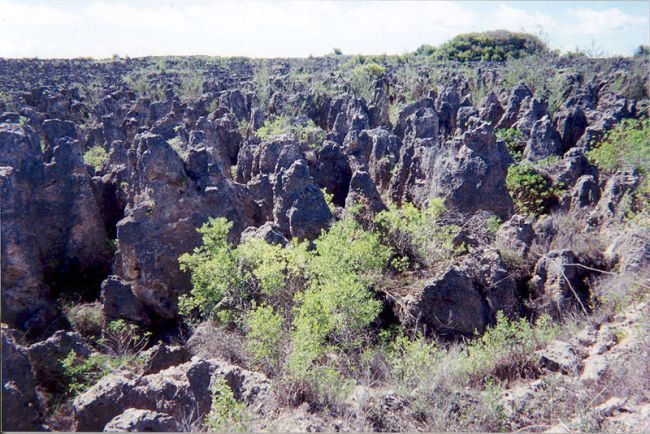Bird shit stinks. I’ve had the exquisite pleasure of encountering a lot of poop in my life and nothing smells worse than bird shit. My neighbor – a racist and a thief – had a chicken coop that we had to watch while he was away. It was small, dark – little more than a man-made cave with more than a dozen stinking, angry chickens crammed inside, brooding over their own excrement. If you could take ten years of mistreatment and pain and turn it solid, it would smell like that chicken coop.
So it’s surprising to learn that the desire for bird excrement has actually fueled an incredible international industry. Guano mining is a cheap source of extremely useful chemicals known as nitrates and phosphates. Nitrates go into fertilizer and gunpowder. Phosphates are used in industrial chemicals, medicines, and foods. Coca-cola has phosphoric acid in it. Guess where that phosphorus might have come from?
These chemicals have been an object of desire for ages. The ancient Inca used it to enhance their crops. In 1856 the U.S. Congress passed an act specifically for guano excavation that let anyone claim any unoccupied guano islands for themselves – as long as they sold the guano exclusively to America.
This need for guano came to a head on a small island in the South Pacific called Nauru. Nauru is one of the most remote nations on Earth. It’s nearest neighbor is more than 300 km (186 mi) away. It clocks in with a measly 9,000 residents – only the Vatican has fewer people within it’s borders. Nauru was as close as you could be to an island paradise – far away from everyone else, lush beaches, dense forest, warm, balmy breezes wafting across the island.
That is, until the late 19th century, when a chance geological encounter revealed that nearly the entire island was made of guano-rich rock deposits. Within five years a dedicated mining company had started literally digging the island out from underneath it’s inhabitants. I’ll leave most of the details where I originally found them – an amazing story on This American Life, which you can find here and which I highly recommend. Today, Nauru is nearly mined out and a textbook case of environmental disaster. Corruption has nearly bankrupt the entire nation and the forests are gone. All that’s left are these inhabitable limestone spires that erupt from the broken ground.
All for bird shit.
Other Sources: Uniya.org


 When Europeans arrived at Easter Island the moai were there to greet them. Nearly nine hundred of the multi-ton statues stood facing inward towards the island. The moai were carved from the living rock of the island and transported to their various locations, a feat on the scale of moving the Stonehenge blocks. It is thought that these represented the physical embodiment of ancestor spirits, a combination altar, icon, and occasional home.
When Europeans arrived at Easter Island the moai were there to greet them. Nearly nine hundred of the multi-ton statues stood facing inward towards the island. The moai were carved from the living rock of the island and transported to their various locations, a feat on the scale of moving the Stonehenge blocks. It is thought that these represented the physical embodiment of ancestor spirits, a combination altar, icon, and occasional home.

